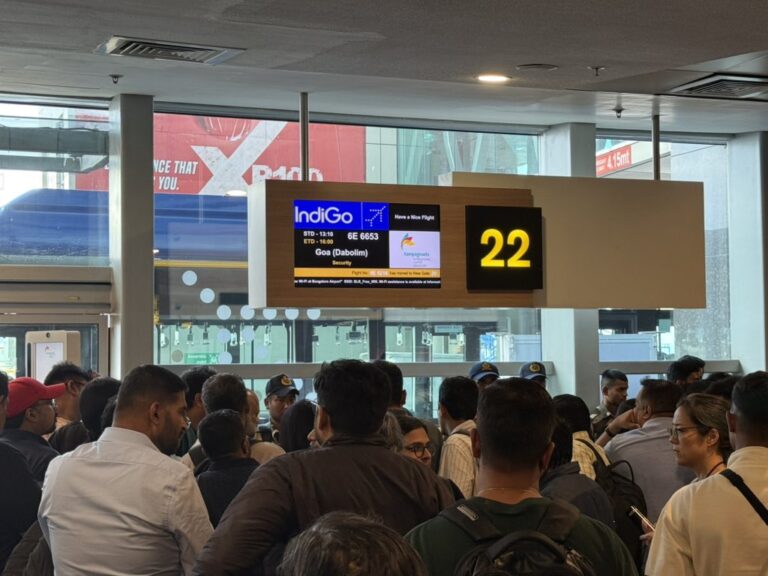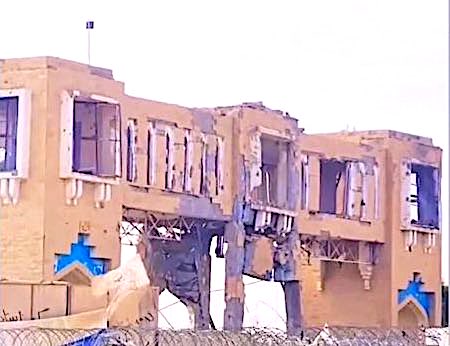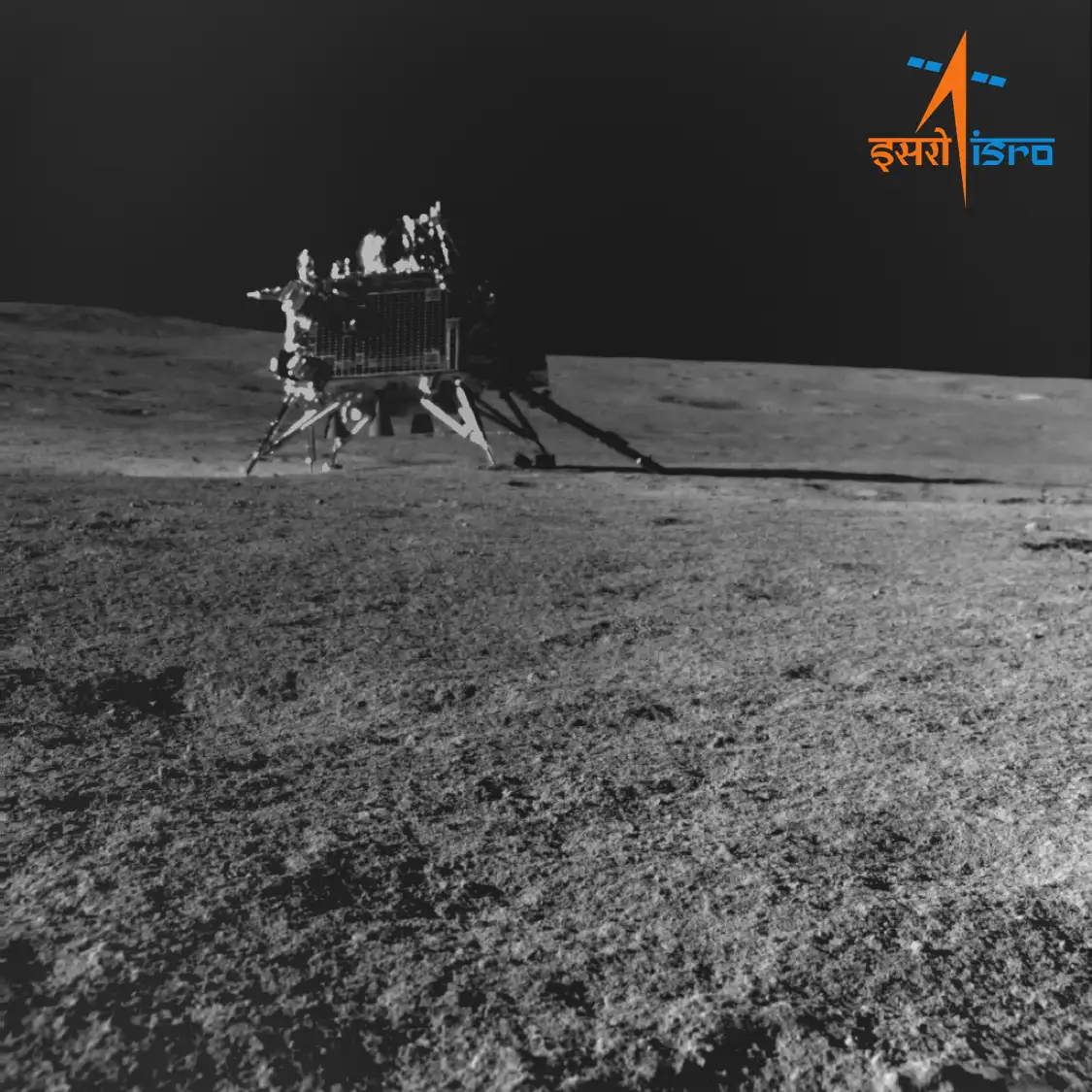
Bengaluru: With its scientific instruments, the Chandrayaan-3 rover is trying to find answers to questions such as what are lunar soil and rocks made of in the south polar region where Chandrayaan-3 landed? How’s it different from other highland regions?
Alpha Particle X-ray Spectrometer (APXS) onboard rover deployed down to observe the lunar sample.APXS instrument is best suited for in-situ analysis of the elemental composition of soil and rocks on the surface of planetary bodies having little atmosphere, such as the Moon. It carries radioactive sources that emit alpha particles and X-rays onto the surface sample.
The atoms present in the sample in turn emit characteristic X-ray lines corresponding to the elements present. By measuring the energies and intensities of these characteristic X-rays, researchers can find the elements present and their abundances.
APXS observations have discovered the presence of interesting minor elements, including Sulfur, apart from the major expected elements such as Aluminum, Silicon, Calcium, and Iron. It may be recalled that the LIBS instrument onboard the Rover also confirmed the presence of Sulfur. Detailed scientific analysis of these observations is in progress, the Indian Space Research Organisation (ISRO) said.
APXS was developed by the Physical Research Laboratory (PRL), Ahmedabad with support from the Space Application Centre (SAC) Ahmedabad, whereas UR Rao Satellite Centre (URSC), Bengaluru has built the deployment mechanism.
In the meantime, the Instrument for Lunar Seismic Activity (ILSA) payload on the Chandrayaan 3 Lander has recorded the vibrations occurring due to the movements of Rover and other payloads on August 31, 2023, ISRO stated today.
ILSA is the first instance of a Micro Electro Mechanical Systems (MEMS) technology-based instrument on the moon, the India Space Research Organisation (ISRO) stated. Its primary objective is to measure ground vibrations generated by natural quakes, impacts, and artificial events.
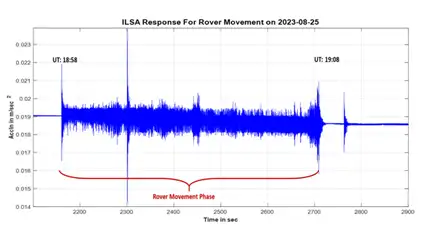
The vibrations recorded during the rover’s navigation on August 25, 2023, are depicted in the figure.
 Additionally, an event, seemingly natural, recorded on August 26, 2023, is also shown. The source of this event is currently under investigation.
Additionally, an event, seemingly natural, recorded on August 26, 2023, is also shown. The source of this event is currently under investigation.
ILSA comprises a cluster of six high-sensitivity accelerometers, which are indigenously fabricated using the Silicon Micromachining process. The core sensing element consists of a spring-mass system with comb-structured electrodes. External vibrations lead to a deflection of the spring, resulting in a change in capacitance which is converted into voltage.
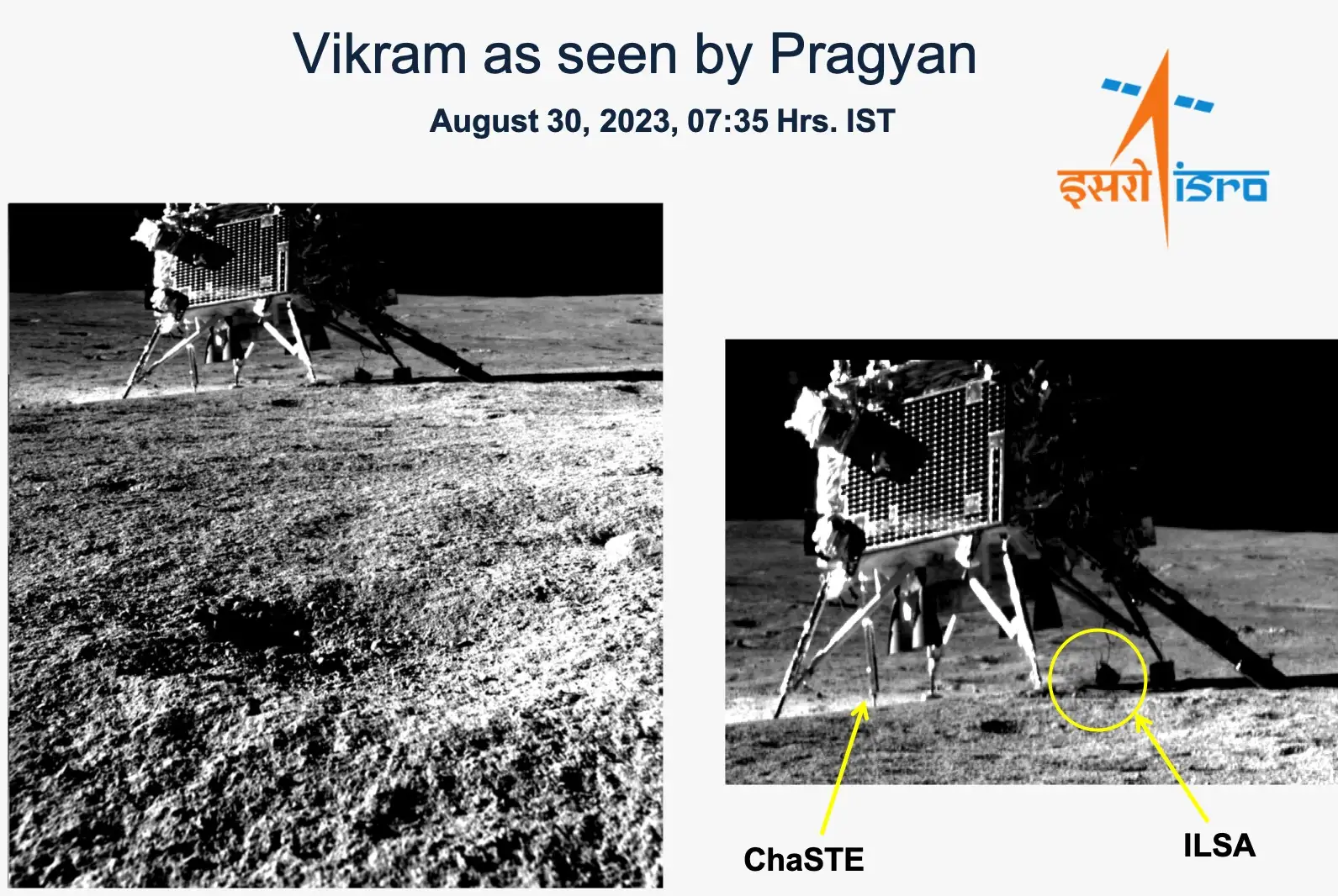
The ILSA payload was designed and realised at LEOS, Bangalore, with the support of private industries. The deployment mechanism for placing ILSA on the lunar surface was developed by URSC, Bengaluru.
In the meantime, the first in-situ measurements of the surface-bound Lunar plasma environment over the south polar region were carried out on August 31, 2023, by the Radio Anatomy of Moon Bound Hypersensitive ionosphere and Atmosphere – Langmuir Probe (RAMBHA-LP) payload onboard Chandrayaan-3 Lander.

Langmuir (after Irving Langmuir) probe is a device used for characterising a plasma. It features a 5 cm metallic spherical probe mounted on a 1-meter boom attached to the Chandrayaan-3 Lander’s upper deck. The probe was deployed using a hold-release mechanism after the lander’s lunar touchdown. The extended boom length ensures that the spherical probe operates within the undisturbed lunar plasma environment, isolated from the lander’s body. The system can detect minute return currents, as low as pico-amperes, with a dwell time of 1 millisecond. By applying a sweeping bias potential ranging from -12 to +12 V in increments of 0.1 V to the Langmuir probe, the system can accurately determine ion and electron densities as well as their energies based on the measured return current.
The initial assessment indicates that the plasma encompassing the lunar surface is relatively sparse, characterized by a number density ranging from approximately 5 to 30 million electrons per cubic meter. This evaluation specifically pertains to the early stages of the lunar daytime. The probe operates without interruption, aiming to explore the changes occurring in the near-surface plasma environment throughout the lunar day. These ongoing observations hold significant implications for comprehending the process of charging within the lunar near-surface region, particularly in response to the fluctuations in solar space weather conditions.
Development of RAMBHA-LP was led by Space Physics Laboratory (SPL), Vikram Sarabhai Space Centre (VSSC), Thiruvananthapuram.
– global bihari bureau




